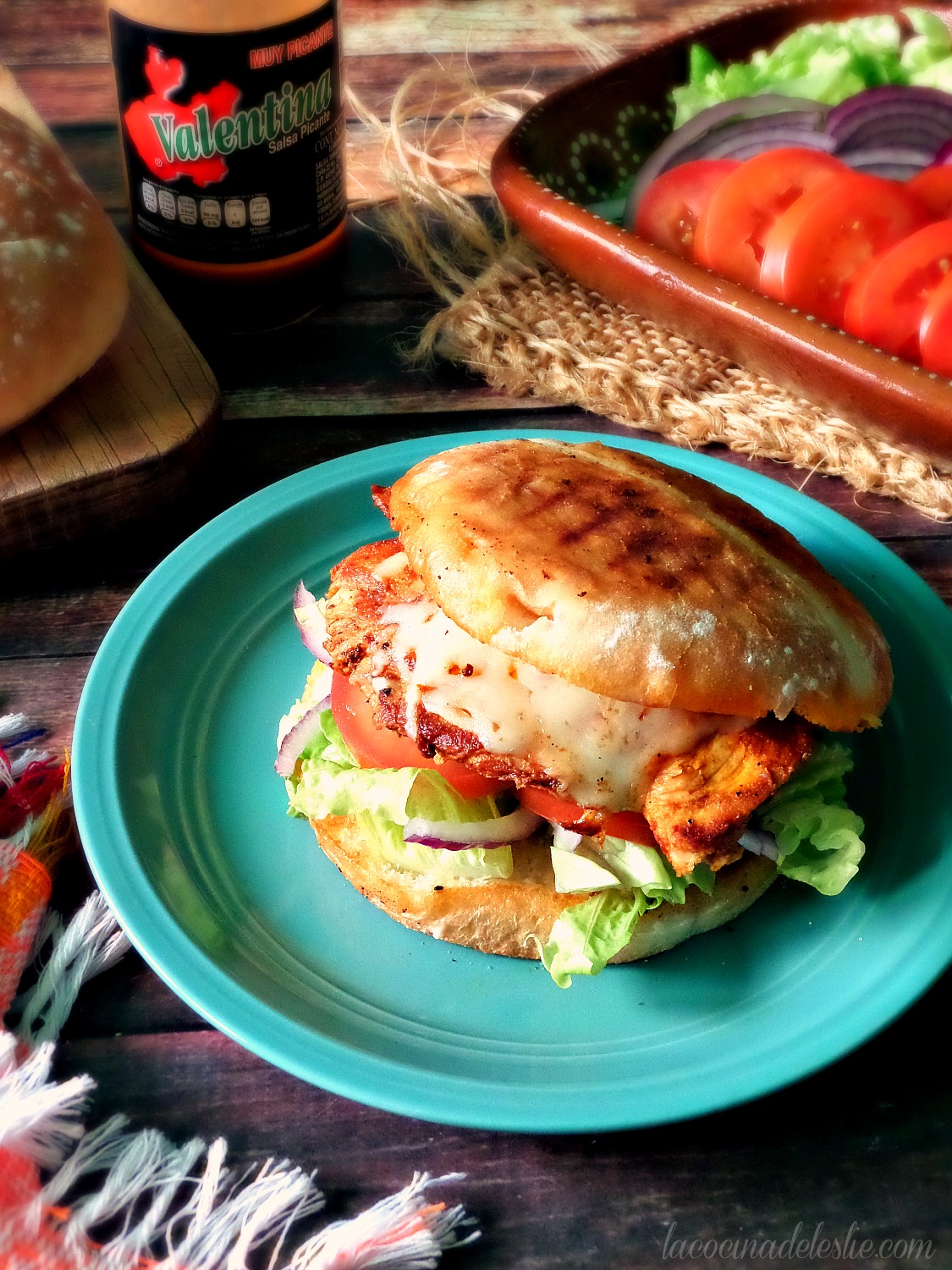 |
| Mangoes |
Mangoes come in all shapes and sizes. Pictured above is what we call Mango Petacon (big-bottomed mango). It's the mango I use most in my kitchen for just about everything: Agua Fresca, paletas (ice pops), Pico de Gallo and a couple more recipes that you will see later this week and next. If you're going to cook with mangoes, use Mango Petacon!
 |
| Mango Ataulfo (Image via Fresh Mangos) |
Another popular mango is the mango manila or ataulfo mango. A smaller mango, which is best suited for individual consumption. This is a great mango for kids because you don't need a knife to peel them. You can peel them with your hands like a banana. You can even choose not to peel ataulfos and eat them like an apple, cascara (peel) and all.
Something new that I've found at el mercado (the market) this year are popcorn mangoes. Teeny, tiny ataulfos that my kiddies love to eat...well....like popcorn.
 |
| Popcorn Mangoes |
Mangoes are known for being a luscious, sweet fruit. So much so, that they've even been incorporated into a piropo (compliment/pick-up line). If someone says to you, "Que mangazo!", it means they think your absolutely gorgeous.
No matter how sweet and delicious mangoes are, their round/oval shape can make them difficult to peel and slice. But not anymore! I'm going to teach you two very easy ways to peel (and slice) a mango.
How to Peel a Mango
Method Numero Uno:
The first method I'm going to show you is my preferred method. This works really well when working with unripe mangoes, that are perfect for a salad or stir-fry. My Hubby favors mangos verdes (unripened mangoes) to mangos maduros (ripe mangoes).
Step 1:
The problem with trying to cut into a mango is that it rolls all over the cutting board. To prevent the mango from moving and possibly cutting yourself, cut a thin slice off the top and bottom of the mango. The cut on the bottom creates a flat base to keep your mango in place. The top cut reveals part of the hueso (pit), which will act as a guide to slicing your mango.
Step 2:
Using a knife or vegetable peeler, remove the cascara (peel).
Step 3:
Slice the mango parallel to the pit and as close to the pit as you can get. Be sure to also cut around the sides of the mango. Listo! (Ready.)
OR
Method Numero Dos:
The second method I'm going to show you've already seen on TV, by many a celebrity chef. This method works best when working with ripe mangoes. If you were to use the first method, you run the risk of losing a lot of the sweet juice that ripe mangoes have.
Step 1:
Cut a thin slice off the top and bottom of the mango. This step isn't really necessary for this particular method, but I like having a steady base so that my mango is rolling all over the place, plus it gives a better view of the hueso (pit).
Step 1:
Cut a thin slice off the top and bottom of the mango. This step isn't really necessary for this particular method, but I like having a steady base so that my mango is rolling all over the place, plus it gives a better view of the hueso (pit).
Step 2:
Slice the mango parallel to the pit and as close to the pit as you can get. You don't want to waste any of that delicious mango.
Step 3:
With the tip of your knife score the mango into cubes, being careful not to cut all the way through the skin.
Step 4:
Gently scoop out the mango with a spoon. Voilà, chopped mango!
So...now that we've peeled our mango, here's a quick and easy snack that's very popular in Mexico. I don't know if there's an actual name for this recipe/snack, we just call it Mango Preparado, which means prepared mango.
Mango Preparado
Ingredients:
Directions:
Arrange the chopped mango on a plate. Season lightly with salt and bottled hot sauce (if desired). Top with freshly squeezed lime juice. Enjoy!!!






















